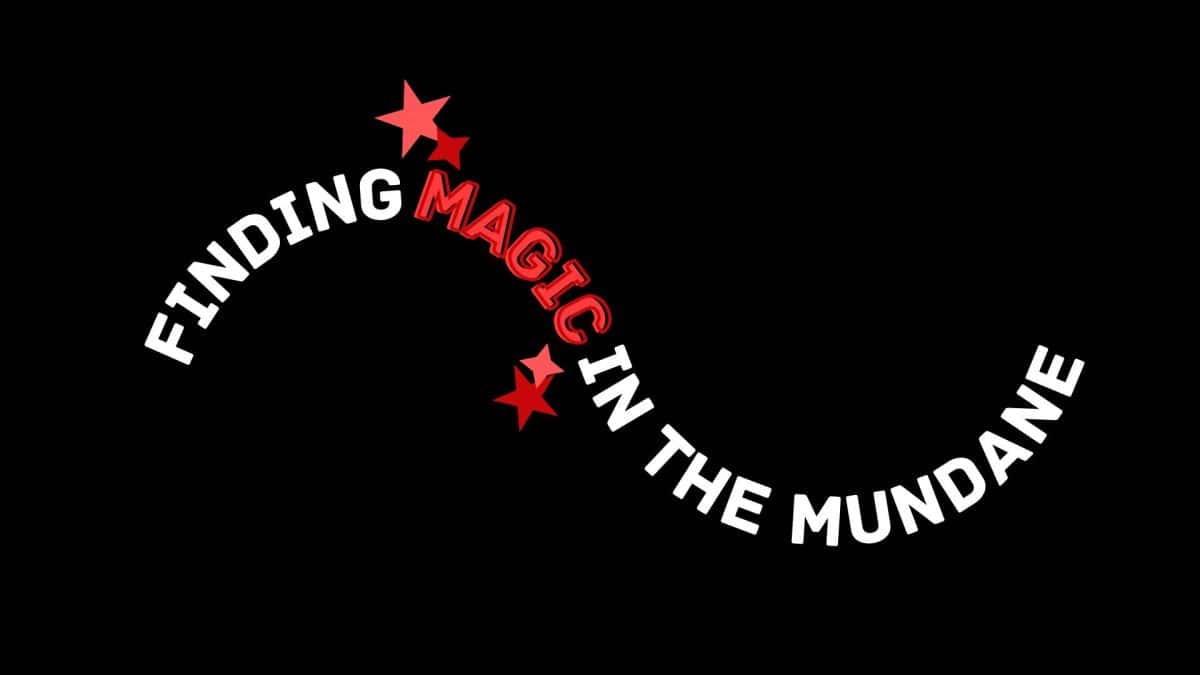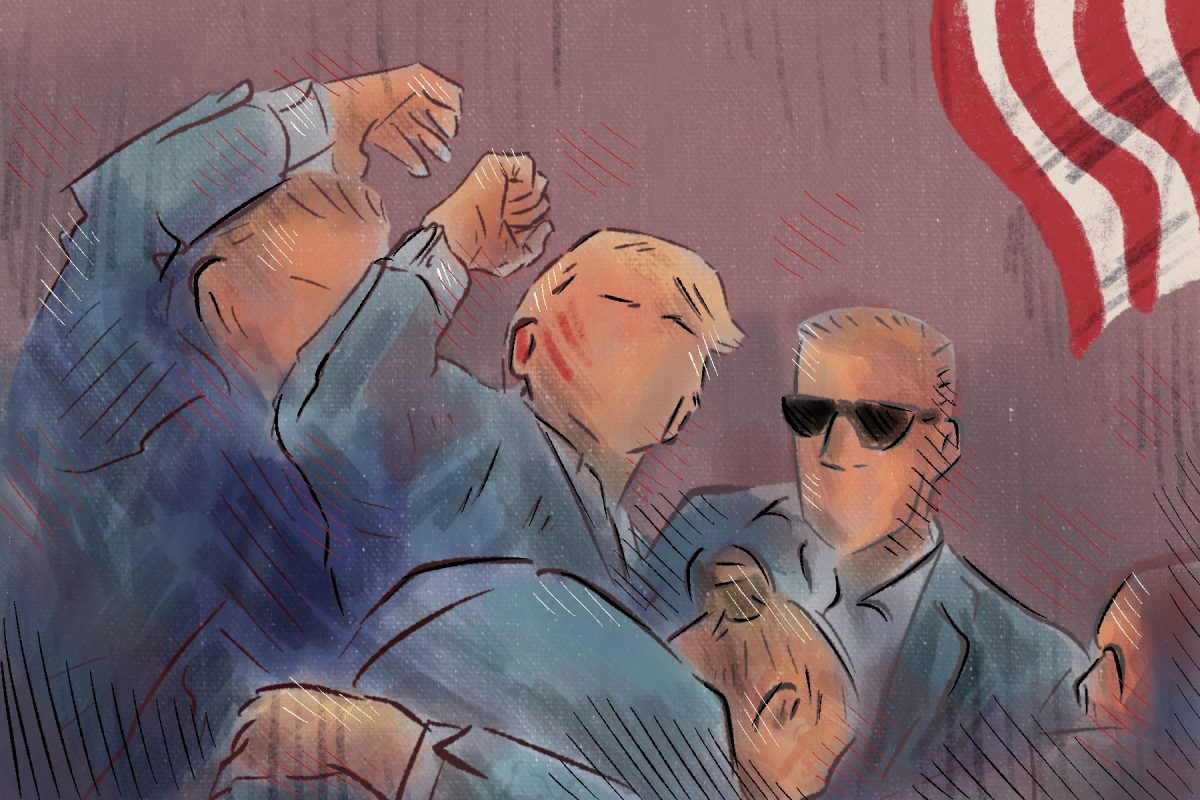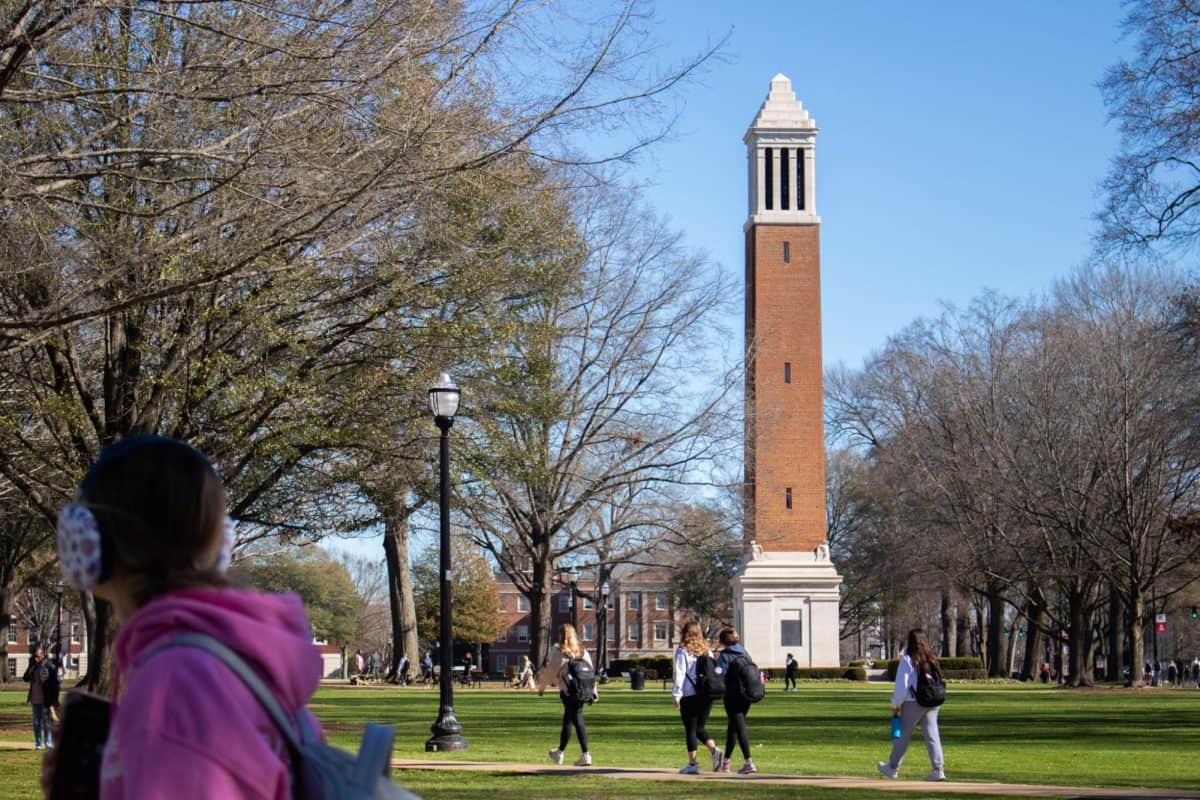As marijuana becomes legal in more parts of the United States, it may be time to ask ourselves two important questions: why now, and at what cost?
The questions come at a time when the national dialogue about weed is fairly tame – legalization appears to be the progressive answer. After all, American drug policies jail thousands of citizens every year, especially the poor and people of color. Don’t forget the enormous tax windfalls enjoyed by states like Colorado. And weed, in the grand hierarchy of drugs, is relatively harmless. Right?
Earlier this week, Marissa Cornelius penned an excellent piece about these very benefits and more, in addition to a fair condemnation of UAPD’s use of UA students as informants. But the piece, as well as changing sentiments towards the green stuff, underpins an important question that has gotten lost in the smoke.
What is the true cost of legal marijuana?
Before we answer that, I think it’s important to dive into the economics of drugs.
Weed, like orange juice or oil, is a commodity, and is similarly traded in the marketplace. When the price of a commodity increases, price sensitive consumers switch to a substitute. For example, if orange juice gets expensive you might switch to lemonade instead. What does this have to do with weed?
When the high of legal weed started sweeping the US, American cannabis users found that they preferred American-grown weed, with a 10-20 percent THC content, to Mexican “brickweed,” cheap weed that’s dried and pressed with only about 3 percent THC content.
Bad news for Mexican weed farmers, who almost overnight saw the per-kilo price of weed drop by 40-50 percent. Cartels like the Sinaloa Cartel of El Chapo fame realized that this was bad for business – so they started growing poppy flowers instead. These beautiful poppy flowers, after a bit of processing, become heroin. The output is less appealing than the input: a flood of cheap heroin hitting the US.
It turns out, drug users are extremely price sensitive. According to a study published in the Journal of Health Economics, hard drug users switch between drugs and purity grades depending on minor price fluctuations.
Note, I’m not arguing that weed users are going to start using heroin – I’m arguing that legal pot lowers the price of heroin for other consumers.
This is consistent with America’s rising heroin epidemic. As you may have read, heroin use has increased 63 percent the last 11 years, and it’s rising rapidly. This is largely due to better regulation of painkillers like oxycodone, which are becoming more difficult and more expensive to obtain. Now, demographics previously unassociated with heroin are making the jump to heroin as it becomes a cheaper substitute for prescription drugs.
Furthermore, legalizing weed does nothing to combat America’s underlying drug addiction. With less than 5 percent of the world’s population, the US consumes more drugs than the rest of the world combined, according to the World Health Organization.
The pain reaches beyond our borders, with many of the affected being the 164,000 Mexicans killed in the drug war since 2007. Legalizing weed does not stop this, it merely changes the product line by which the violence is funded.
Proponents for legalization argue that America’s war on drugs disproportionately affects people of color and of lower socioeconomic groups – which is true. Unfortunately, so does legal marijuana. Poor people or people of color do not necessarily use more drugs than wealthier Americans, but they’re more negatively impacted. Poor users are less likely to have the same social influences such as jobs, families or schooling that serve to counteract the negative impacts of drug usage.
And lastly, why now? Why, after years of an aggressive war on drugs, did legislatures suddenly decide to let Americans blaze it? Did governors just decide to be cool?
Probably not. The motive is money. Weed is big business, complete with corporate lobbyists on one side, and tax-hungry politicians on the other. This is problematic largely because the legalization of a product, in the eyes of Americans, is effectively an endorsement of said product – we’re biased to equate “legal” with “safe.” This, unfortunately, also affects the poor more than other demographics, who traditionally spend a greater portion of their income on the drug and are hit harder by its deficits.
So the true cost of legal marijuana? More heroin, more latino homicide victims and more poor Americans who continue to get a bad deal. Let us not forgo long term prosperity while looking for a short term fix.
Ben Jackson is a sophomore majoring in accounting and finance. His column runs biweekly.






